Achieve Learner’s Autonomy- A Detailed Case Study

Through this article, I want to take you through my journey of conducting a project that helped teachers achieve learner’s autonomy. Student’s autonomy is more important than ever, as due to lockdown, we teachers are not in direct contact with students physically. I created a project that was easy to executive via online classes.
The Beginning
It was the evening of 15th May that we came to know about Namami Gange Project’s Ganga Quest, and the very theme fascinated me. I had already given the overarching theme of our academic year as -‘Back to roots: bringing pride for our nation, in the hearts of our young learners’. In the past, it had been observed that our children were not as proud of their own heritage, their own culture and their own Indianness as they should be.
Since last year we had created many projects to bring our students close to their roots.
Shortage of Time: A Challenge
Now the task at hand for me was how to get this project work when we had only one week left to close down for the summer vacations? The teachers had their plates full as they were finalising holiday homework and were busy preparing lists for school records.
It occurred to me that this was the best time to bring learner’s autonomy into practice. Exploring the Nanami Gange Project website gave me the idea to make it a quiz.
It was an excellent opportunity to set the stage for students to take charge of their own learning.
It is an indisputable fact that becoming teachers entailed studying our subjects in great depth. We know our subject matter on our fingertips. It is also true that teaching makes a learner sure of his/ her learning.
The PlanI started working on the structure of this project. I noted down six areas which needed to be covered for this project. They were:
- The mythological stories of the origin of Ganga
- The Geographical importance of Ganga basin
- Bio-diversity of the river
- Important cities on the banks of Ganga
- Major tributaries
- Noteworthy social activists who had been working for the restoration of the river
The next morning, I had a meeting and enquired whether my fellow teachers would be keen to listen to my idea for the project.
Once I sensed their enthusiasm to carry out this project, I asked the class teachers to divide their classes into six groups, assign a topic to each group and leave them to create a live/ online quiz for their classmates. This was to be conducted in three assemblies on three consecutive days. We had 18th May to 20th May and two groups could easily conduct their quiz in the morning assembly to be held on those days. The teachers were pleasantly surprised when their students were leading the way this time. The task did involve delegation, but students were to manage the rest.
‘Make One-Get Five’, was the slogan made for this exercise.
The teachers were pleasantly surprised when their students were leading the way this time. The task did involve delegation, but students were to manage the rest. They were free to design any other method to prepare the students for the quiz, but they chose to stick to my plan as it seemed to be working. Some had doubts whether all six students in each team would be equally willing to participate.
The Mantra: Give Each One a Special Well-Defined Role
Giving everyone a special role has been a favourite practice of mine. It avoids confusion and ego clashes when it comes to group work. When we create a group and let each child take the title of a specialist-depending on his/her capacity and abilities, one can be sure that the level of participation from each member will be high.
So, in a group of 6, we needed, a Director, a Designer, Creative Thinker, a Presenter, a Quiz Master and a Reporter/Compere.
When each child gets a unique title, there are no clashes. We also need to prepare our children for the real-life collaborations which they will have to undertake eventually.
The First Motivation
My team consists of very dedicated teachers who have been under continuous training by our dynamic leaders. I always appeal to their love for the children and their patriotism for the country- the rest automatically falls into place.
The basic principle that guides a successful plan is that it is the team that works at the ground level and if the team is not motivated enough, the result will be lacklustre.
The teachers seemed to be working their magic on their students. It was Friday and I was expecting to see the results unfold by Monday. I started getting messages from the teachers that they were keeping small sessions on Saturday to discuss the quiz with their students. This filled my heart with great pride and appreciation for the teachers. I wished them luck and lauded their efforts on our WhatsApp group.
A Day of Mojo Moments for Us All
As I moved from one class to another on my usual virtual tour during assemblies, I heard such wonderful quizzes being conducted by the students that I found it hard to move on.
In one section students had dressed up as Ganga to narrate the mythological stories related to her origin. In the other section, a child was reciting a self-composed poem on the River Ganges.

As the first day came to a close, responses started pouring in about the work being done by the children. The presentations and the smart quizzes conducted by the students had set the benchmark.
The next two days were filled with overwhelming stories about parental involvement which had brought an x-factor in the presentations.
‘We are learning from our students,’ exclaimed the teachers.
Before 22nd May, 490 students had taken the quiz: a majority had reached the third round, and a few scored 100% too!
*consent for usage of these photos have been given by parents and the teachers.
Students taught students, and they had even taught their teachers. However, what was most humbling about the experience was that we hadn’t taught them. Instead, we learnt from the vast pool of knowledge which they had brought into the classroom.
Needless to say, we were overwhelmed and full of deep admiration for our dear students who had taken up this project just because their teachers had asked them to. There were no marks or evaluation attached to this project. It was just the intrinsic motivation that drove it- the joy of learning and the zeal to show their mettle is what spelt magic.
Conclusion
This project proved to be an effective case study to prove that children have an immense potential to learn and are not necessarily dependent on the teachers.
If their interest is sparked, they can surprise their teachers with their prowess. If we create engaging experiences and spark their interest, the rest will fall into place
So what was the learning for us?
That we create engaging experiences and spark their interest and the rest will fall into place. Like Sugata Mitra whose TED talk– Hole in the wall proved that children were capable of teaching themselves if left in a congenial environment, my team and I were convinced that, and I quote him-
“Learning is a self-organising system”
How did you like Sunita’s project? Share with us in the comments section. Have you done any project that ensured the student’s autonomy?
Read other articles by Sunita Rajiv here

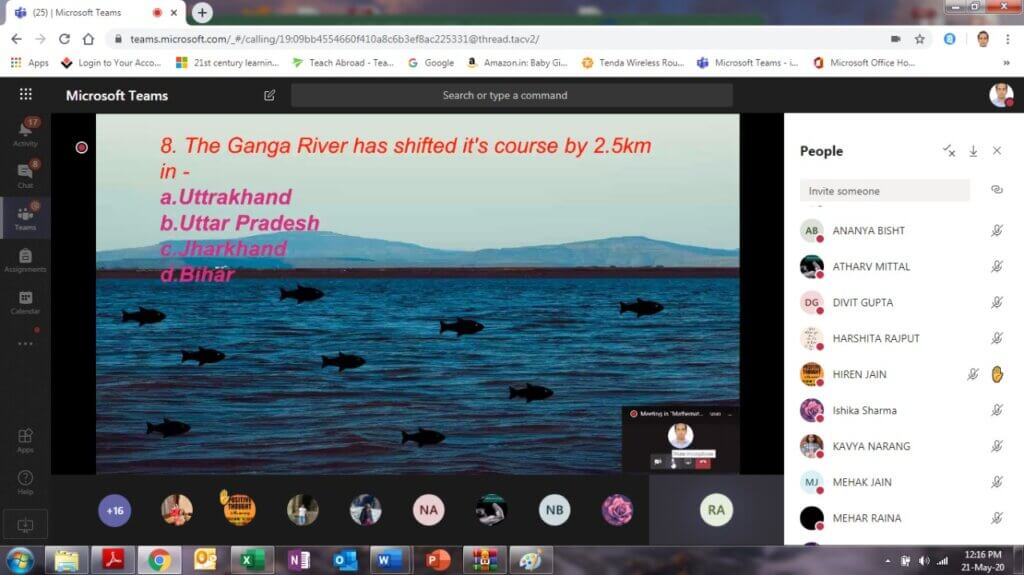
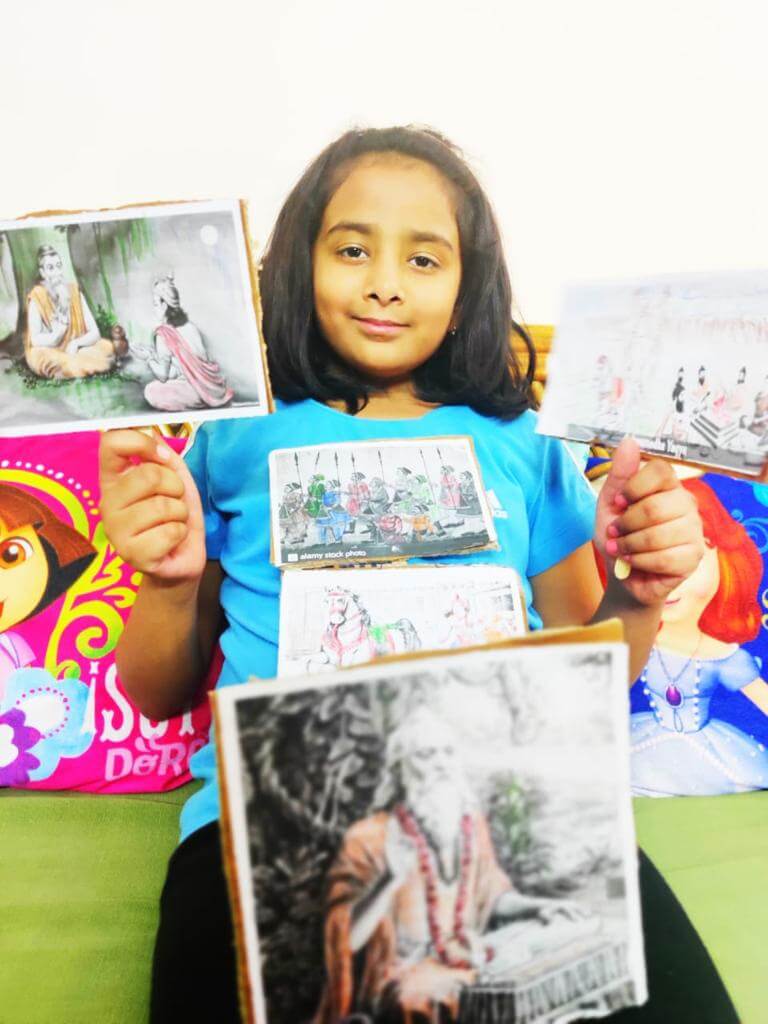
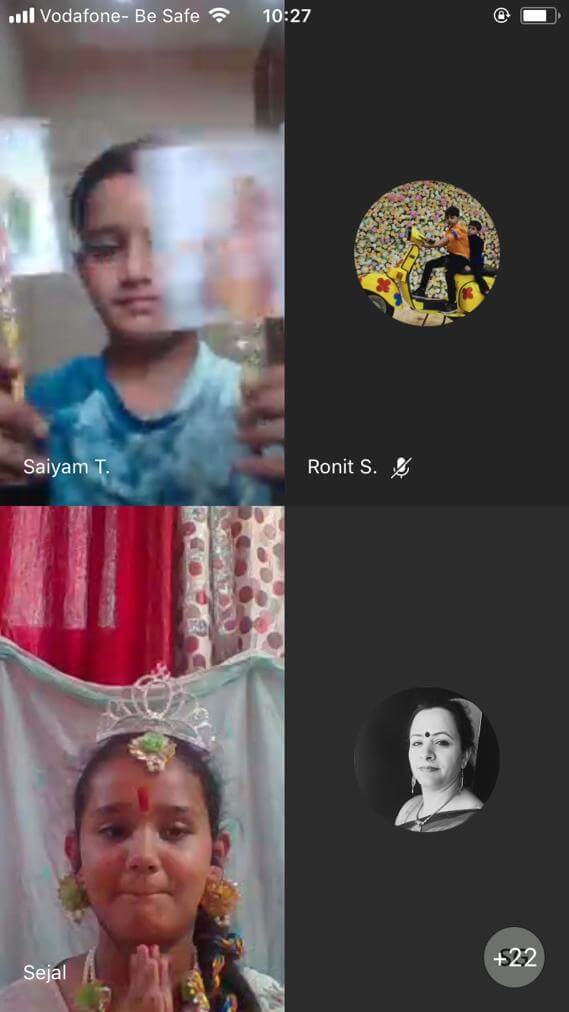

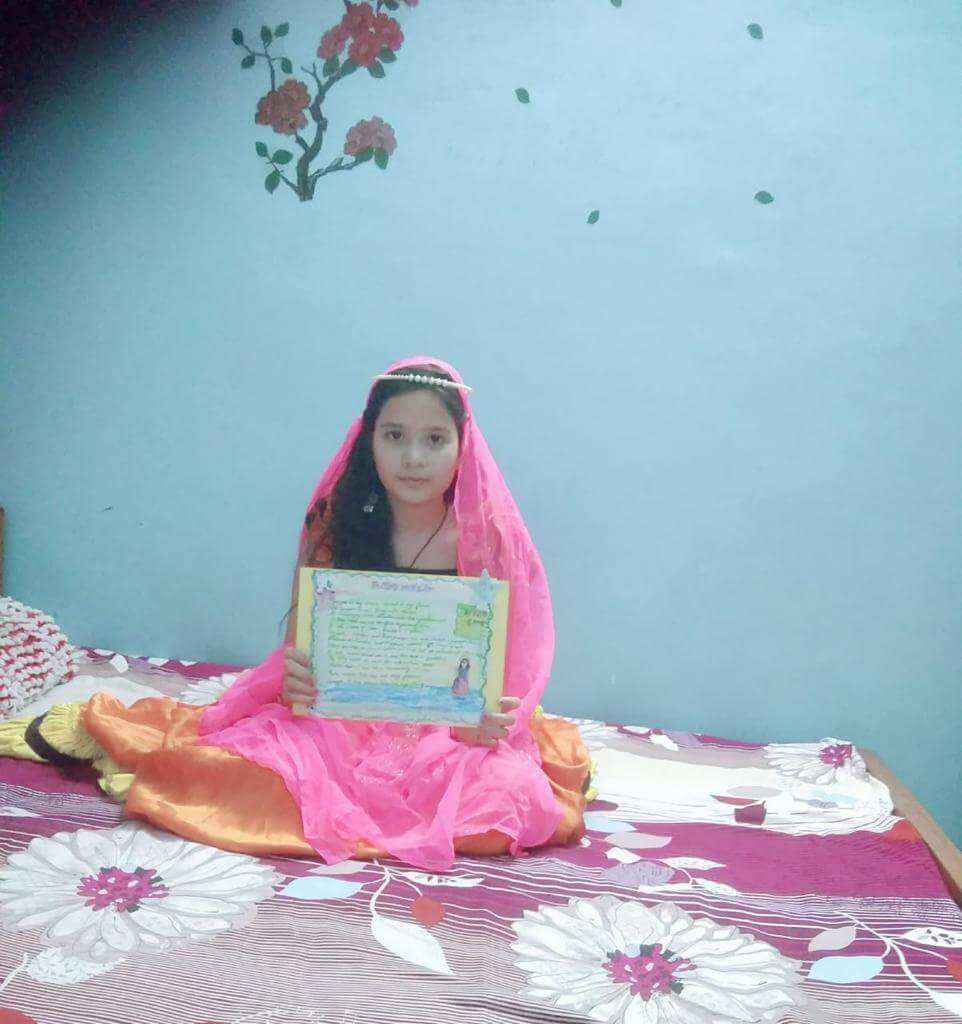




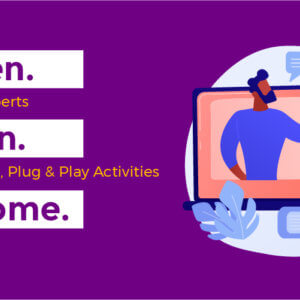
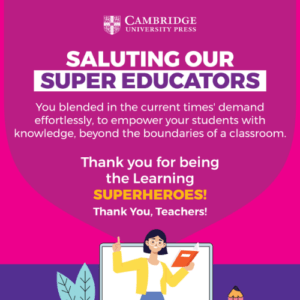
Self Learning is creative and developing opportunities for various modes of reasoning.
Self-learning inculcates habit of self-study,
It develops love for learning.